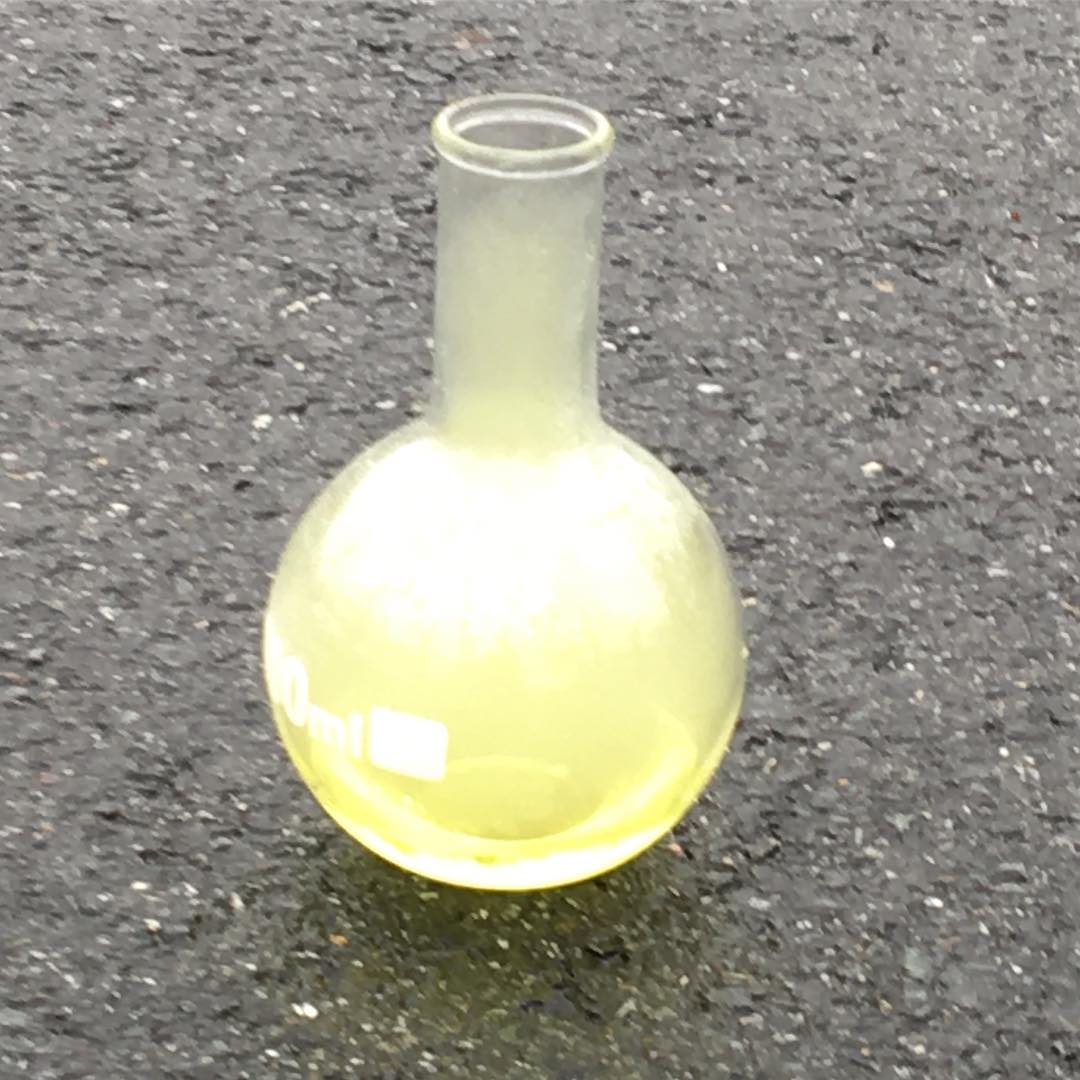
Chlorine
Chlorine, it’s the thing that keeps our drinking water safe to drink, pools safe to swim in, and is a very effective cleaning agent, but is it safe for our fish?
The lethal level for many fish species is as low as 0.08 ppm, although this exposure is over 96hours, (1) and that is still too high for many of the more sensitive species. Even species seen as being hardy such as goldfish had a lethal exposure at about 1 ppm when exposed to chlorine for 96hrs (2). Out of the tap expect to see at least 0.5 ppm, and often as high as 2 or 3 ppm. After work on pipes, or if your water is from a river and there has been a disturbance of flooding, and the amount of chlorine can be much higher.
Even if your fish can survive chlorine exposure, your filter microorganisms can’t, the point of chlorine is to kill bacteria and archaea.
Now you may know that you can leave your water to sit for 24 hours, and most if not all of the chlorine will have gassed off. But there are two issues, the first is that many companies now use chloramine, a mix of chlorine and ammonia, especially in cases where there is a higher risk of unwanted bacteria, and that doesn’t gas off. It’s cheaper, it hangs around longer, and it’s a nightmare for fish keepers still leaving their water to stand.
The second issue is that if you are doing large water changes then that’s a lot of water sitting around gasing off the chlorine. Even on one of my smaller tanks that will still be about 100l of water a week.
How do we get rid of chlorine and chloramine?
You can neutralise it with a bottle of dechlorinator, the idea is that it changes the chlorine into something safer, for example, sodium thiosulfate is one of the more common dechlorinators, and the end result of the reaction with chlorine is sodium bisulfate, a harmless salt, that is often used to lower pH. In the amounts formed it’s unlikely to do anything.
Another option is vitamin C, but generally, you will have to buy this as pure ascorbic acid and work out the dosages required for your tank.
HMA and RO units will also remove chlorine by passing the water over activated carbon, you will have to replace the carbon regularly, and test to ensure that no chlorine remains in the water.
Choosing a dechlorinator
There are a lot of additives in dechlorinators that the fish don’t need, and are mostly just marketing extras. At this point, I just use a cheap pond dechlorinator on my smaller tanks, and straight sodium thiosulfate on my larger tanks. I will own up that I can’t use some of the major brands that are better value and more concentrated due to allergies so don’t feel put off.
HMA units remove chlorine, if you have a carbon insert, and most heavy metals. Whereas a good RO unit removes everything and you have to add things back in.
Above all else chlorine is a toxin to your fish. When we drink chlorine it goes into the chemical soup that is our stomach acid, ever been in a pool with too much reacted chlorine? Imagine having to breathe that at high concentrations. It’s cheap and easy to remove, and the dechlorinator itself shouldn’t leave anything nasty behind.
Shopping List
Dechlorinators
https://www.amazon.co.uk/shop/tropicalfishkeepinguk/list/35V8475M714UT
RO Units
HMA Units
1 Roseboom, Donald P.; Richey, Dorothy, L. 1997 Acute Toxicity of Residual Chlorine and Ammonia to Some Native Illinois Fishes https://www.ideals.illinois.edu/items/78974
2 Earl A. Pyle 1960 Neutralizing Chlorine in City Water for Use in Fish-Distribution Tank https://www.tandfonline.com/doi/abs/10.1577/1548-8659%281960%2922%5B30%3ANCICWF%5D2.0.CO%3B2?journalCode=uzpf20
